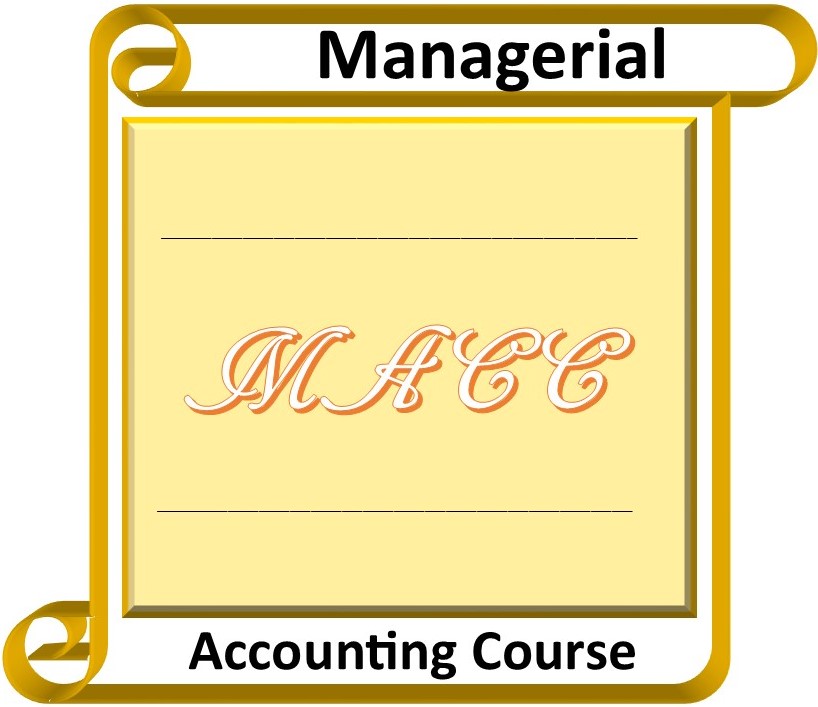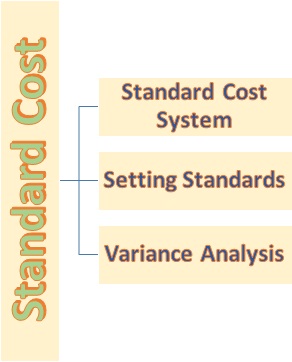Standard Cost
Managers must have a standard through which they will measure the actual costs and be able to make budgets and future forecasts. Managers develop standard cost systems which enables them to set the standard cost for their organizational operations.A standard cost is basically the projected cost per-unit for a particular product or activity under normal circumstances. When managers set the standard costs, they have to decide the type of standard to put in place.
Standard Cost Approaches
The two types of standard costs are the ideal and attainable standards.Ideal standards are the standards which have near perfect performance without room for any inefficiency. The ideal standards are hard to be achieved because they do not consider such factors as machine wear, breakdowns, accidents, employee burnout, nor waste. In reality, ideal standards cannot be met because they actually could be achieved by having 100% perfection which is impossible in practical conditions.
Attainable standards are the standards which can be achieved in normal circumstances. The attainable standards incorporate such factors as wear, breakdowns, accidents, employee burnout, and waste which are ignored in ideal standards.
Standard costs allow the managers to make projections of the manufacturing costs and once the actual costs are incurred, the managers are able to determine any deviations from the projections.
When comparing the actual costs and the standards costs any deviations from the standard costs are referred to as variance. Variances are used by managers to make decisions, assessing performance, adjusting operations, and ensuring that the costs are brought into acceptable standards.

